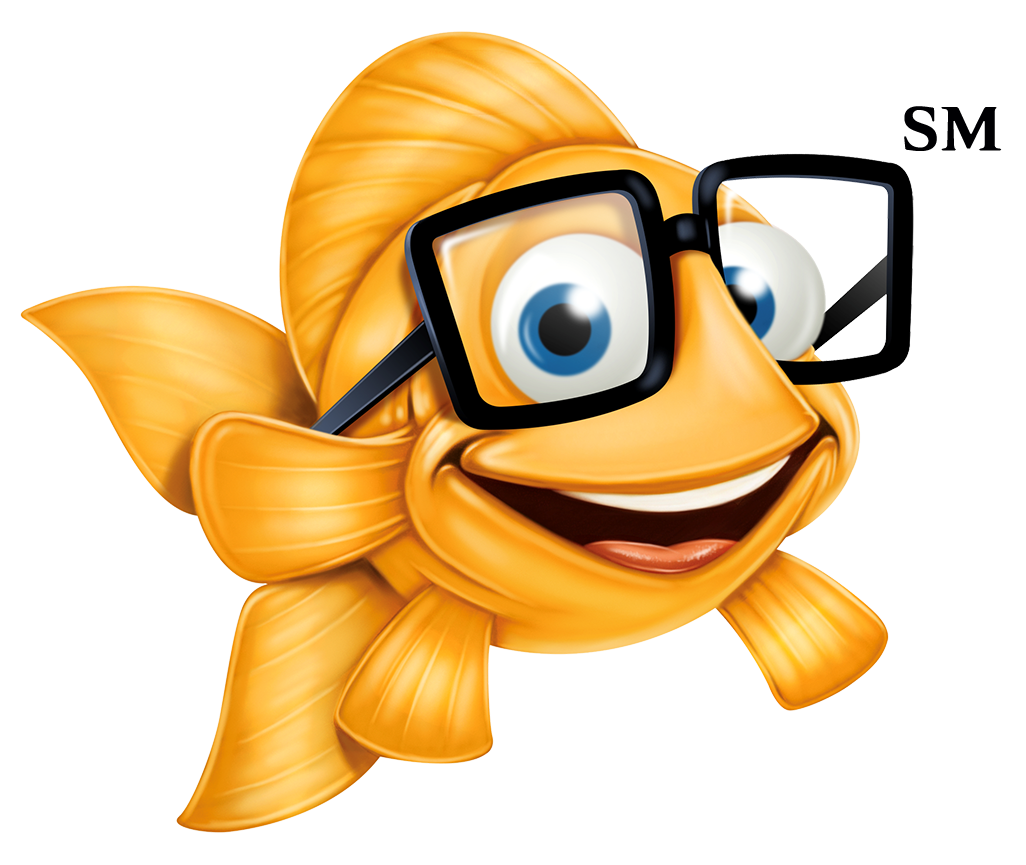Intellectual Property Insights from Fishman Stewart PLLC
Newsletter – Volume 23, Issue 17
Share on Social

Innovating Barbie: Patents on the Plastic Fashionista
By: Norm K. Freda
The recently released Barbie movie has taken the world by storm, grossing $350 million in the US and $774.5 million worldwide in just ten days. Before Barbie danced her way onto the silver screen, however, she graced the pages of less popular media – the Official Gazette of the United States Patent Office, a weekly journal that publishes select portions of patents issued that week.
As the saying goes, you must learn to walk before you can run. Barbie took that saying a step further, or rather a step backward, as she would first need to learn how to stand. Early on, the Barbie doll had trouble standing upright on her own since she wore high heels and stood on her tiptoes. The first Barbie patent filed in 1959, US 3,009,284, sought to address this problem. This patent describes a doll stand that supports a Barbie doll in “a balanced, realistic position.” The stand includes a platform with two pins that are inserted into bores in the Barbie doll’s feet and a stand with a pair of hooks that support the doll’s underarms.
Once she was able to stand on her own, Barbie became a bit more mobile and posable. A US patent, US 3,277,601, granted in 1966 discloses a Barbie doll with “life-like” limbs that are “adapted to reproduce the natural movements and contours of a human limb and yet maintain a selected position.” The doll’s legs each have an internal support structure with a thigh shaft and a shin shaft that are pivotably connected to one another to provide the doll with functional knees. US 3,628,282 built on this concept adding a variety of different joints to provide the Barbie doll with functional shoulders, elbows, wrists, hips, knees, and ankles and to enable the doll’s head to turn and tilt without creating a gap.
Barbie’s Dreamhouse has even appeared in the Official Gazette. The second iteration of Barbie’s dreamhouse, the subject of US 3,363,360, was foldable into a suitcase-style package with a carrying handle for convenient storage and travel. Complete with a living room, bedroom, kitchen, patio, slidable patio door, an open-and-close closet, and working cabinet doors, Barbie’s dreamhouse was truly a marvel. Some may not feel it’s quite a ‘dreamhouse’ though due to its cardboard construction.
From Official Gazette patents to her signature shade of pink flooding the box office, Barbie has been a smashing success.
Norman K. Freda is an attorney at Fishman Stewart and practices in the fields of patent, trademark, copyright law, and litigation. He holds a BS degree in Applied Engineering Sciences from Michigan State University. Check out his bio.
Related Content from Fishman Stewart
Car enthusiasts are buzzing about Alfa Romeo's latest SUV which is also its first EV (plus a hybrid option). Initially branded as “Milano,” the name was changed to "Junior" after it was announced that the car would be produced in Poland.
The online word game Wordle was created in 2021 by Josh Wardle and quickly rose in popularity. Players receive a new puzzle daily with six chances to correctly guess a five-letter word of the day with limited clues.
In a recent decision, the U.S. Court of Appeal for the Eighth Circuit affirmed a jury verdict holding that the use of the "Success Kid" meme by a congressman's reelection campaign for fundraising purposes did not qualify as fair use.
In February 2024, proposed legislation was introduced in US House of Representatives which would extend copyright protection to golf courses. The bill is titled “Bolstering Intellectual Rights against Digital Infringement Enhancement Act” or the “BIRDIE Act”.
OpenAI recently held a live demonstration of a new ChatGPT version that included the use of an AI personal assistant voice dubbed “Sky.” Many observers compared Sky to Scarlett Johansson’s voice in the 2013 Spike Jonze romantic sci-fi film “Her,” which centers on a man who falls in love with the female voice of his computer’s operating system.
June is Pride Month, which honors the 1969 Stonewall Uprising in Manhattan and recognizes the impact that lesbian, gay, bisexual, and transgender (LGBTQ+) individuals have had on history locally, nationally, and internationally. The United States Patent and Trademark Office flies the Pride Flag and promotes the Pride community’s contributions with programming offered annually.
First-time inventions have led inventors to great successes throughout history, sometimes immediately, sometimes after several more attempts at more useful inventions. In the U.S., two very famous inventors with contrasting first-time experiences are Thomas Edison and Alexander Graham Bell.
June is Pride Month. This year we are celebrating with some IP tips for drag performers! Drag performers can protect their intellectual property by registering the copyrights in their original works of music, choreography, and comedy sketches.
Bands often start out as creative endeavors among friends, and bands may not prove lucrative for many years, if at all. Until bands break up, thought and planning may not be given to who is the owner of the band names and entitled to use them going forward.
You’re rarely more than a few yards from Finny’s favorite chips, semiconductor chips to be precise. But what exactly is a semiconductor chip?
IDENTIFYING, SECURING AND ADVANCING CREATIVITY®
















